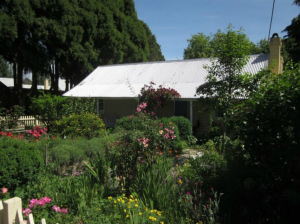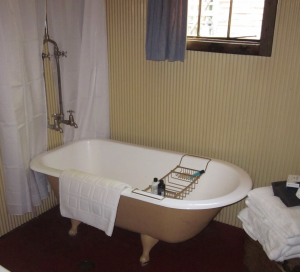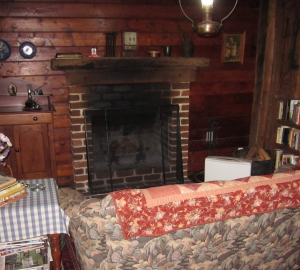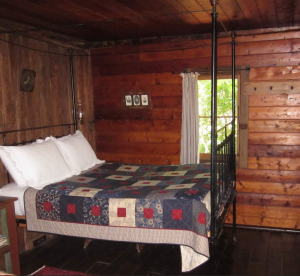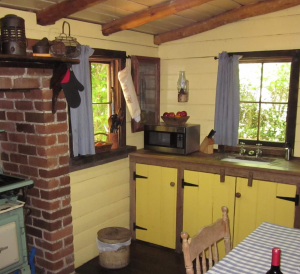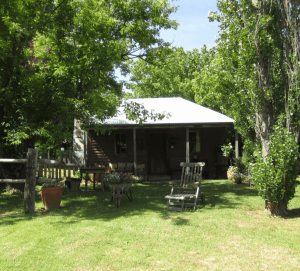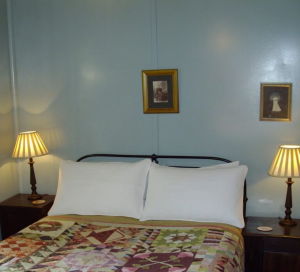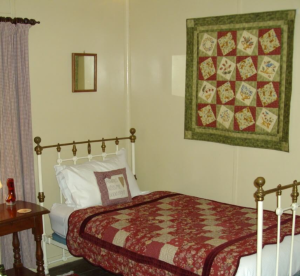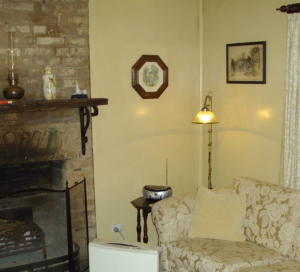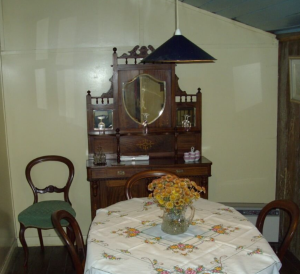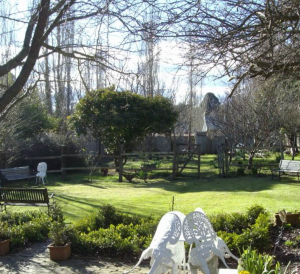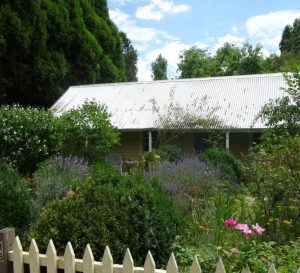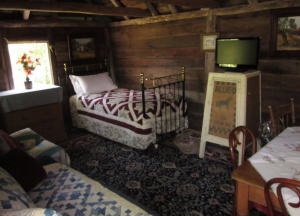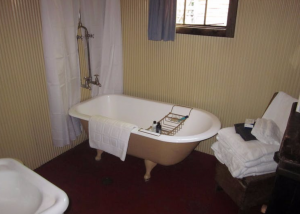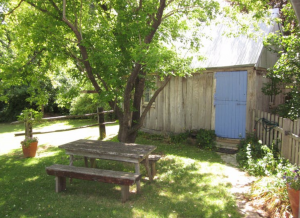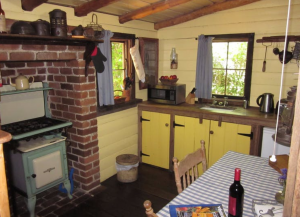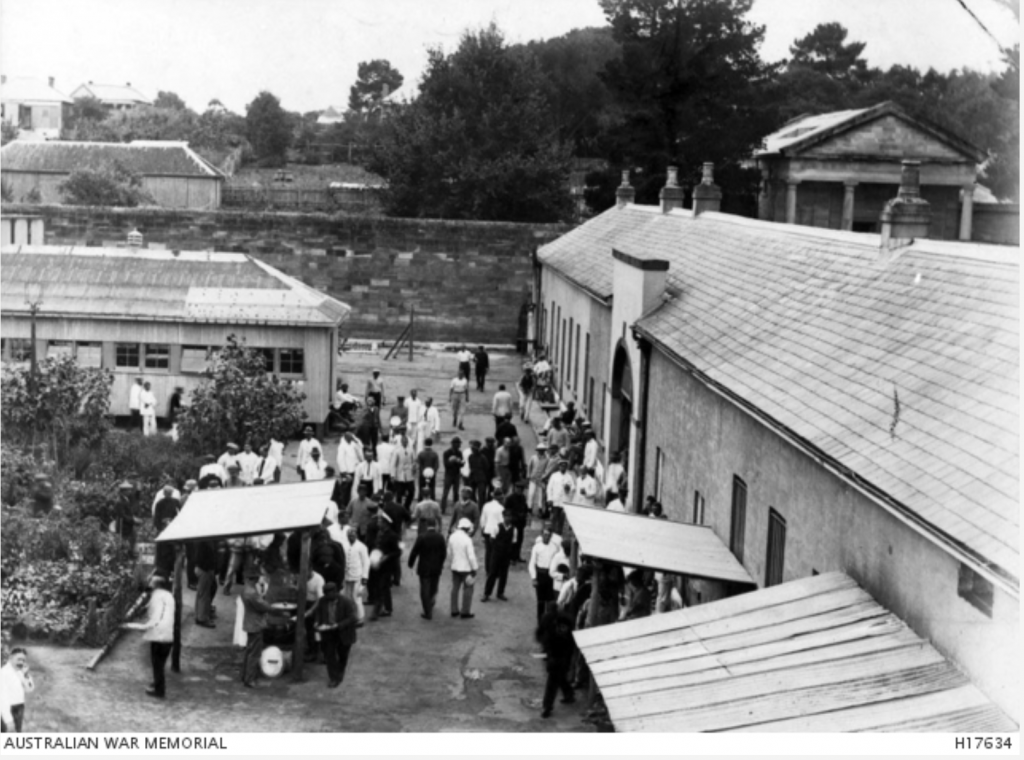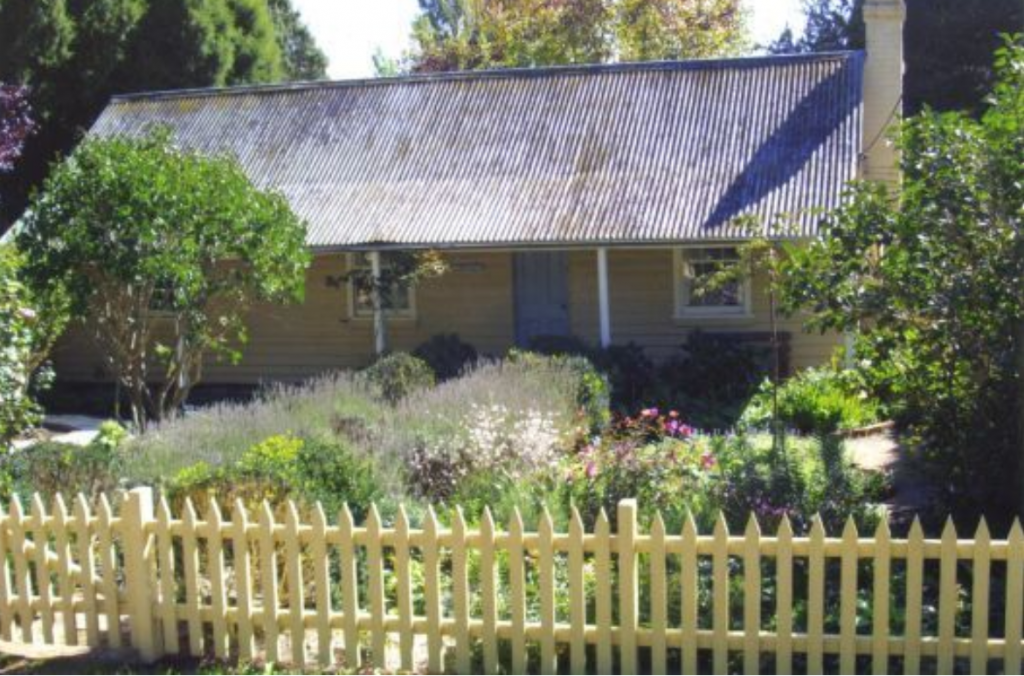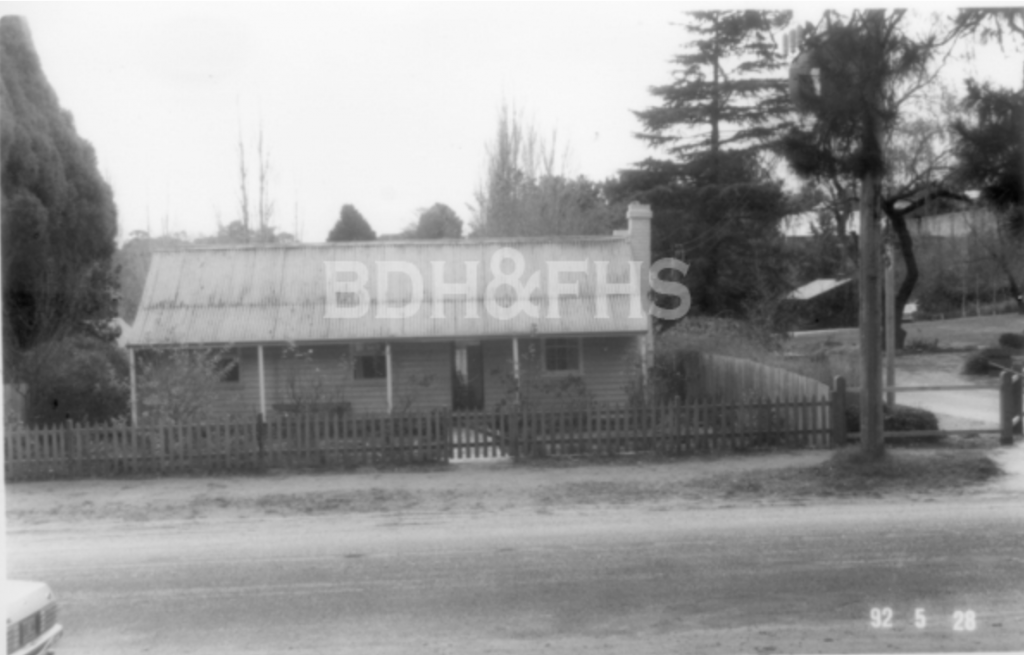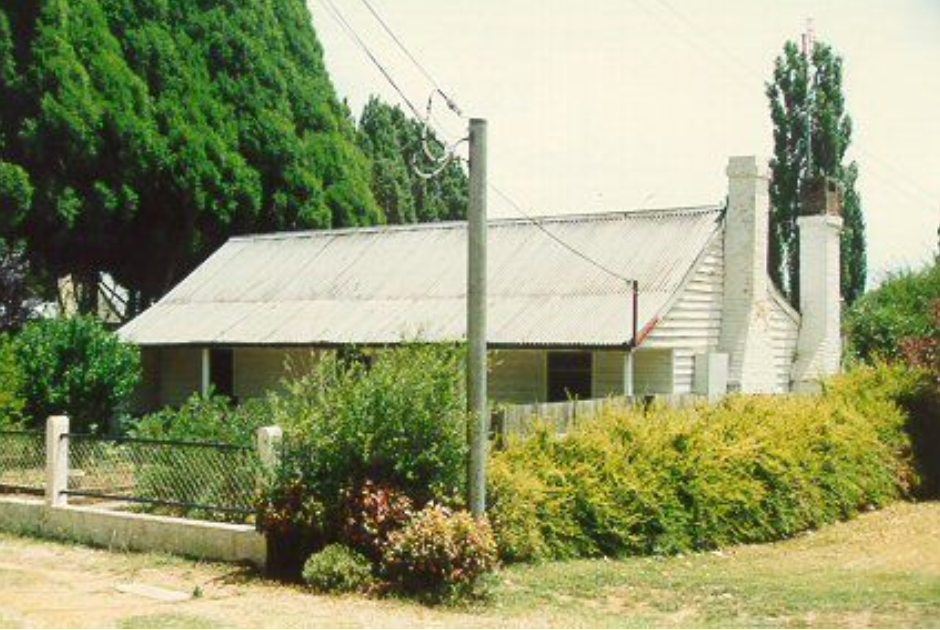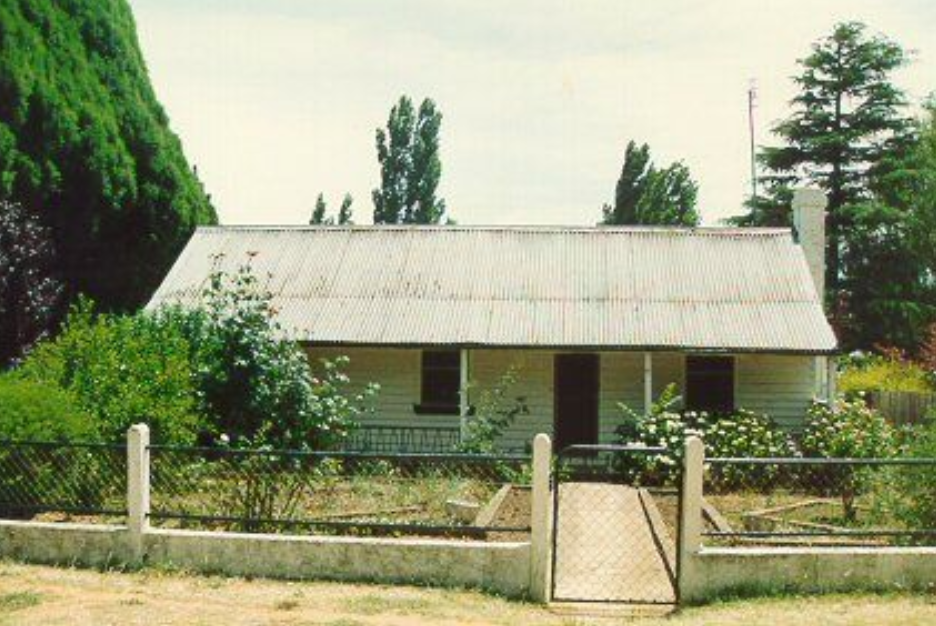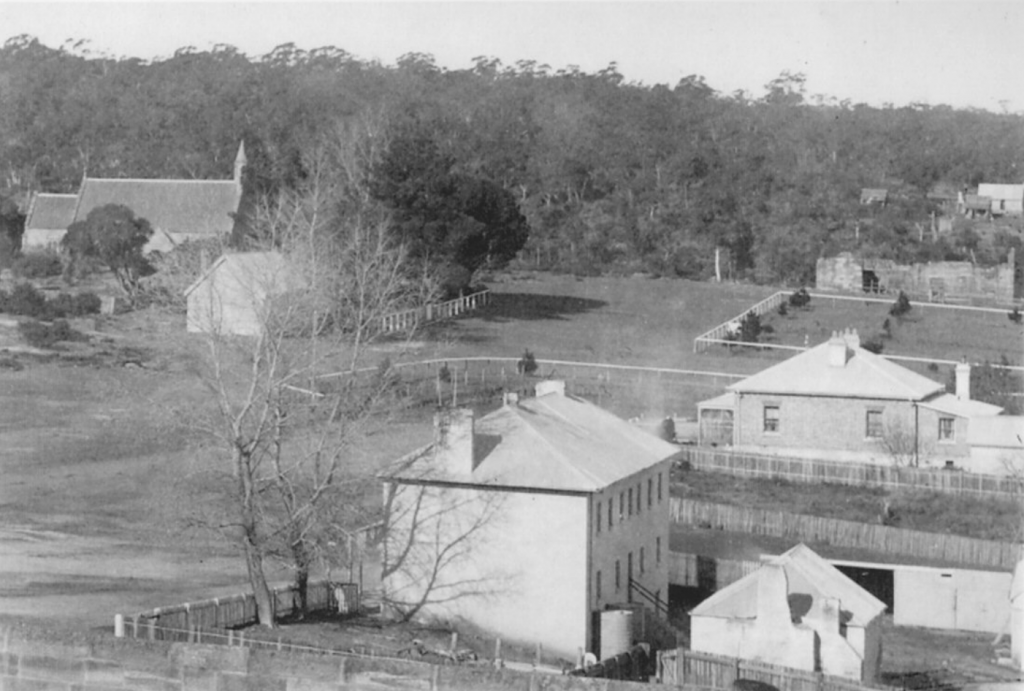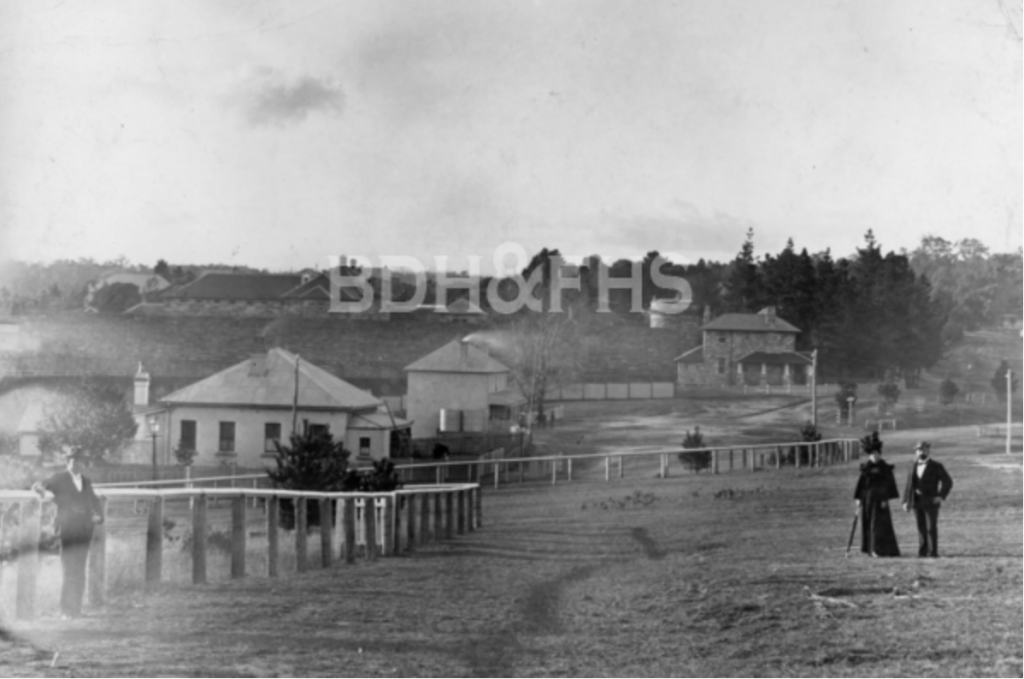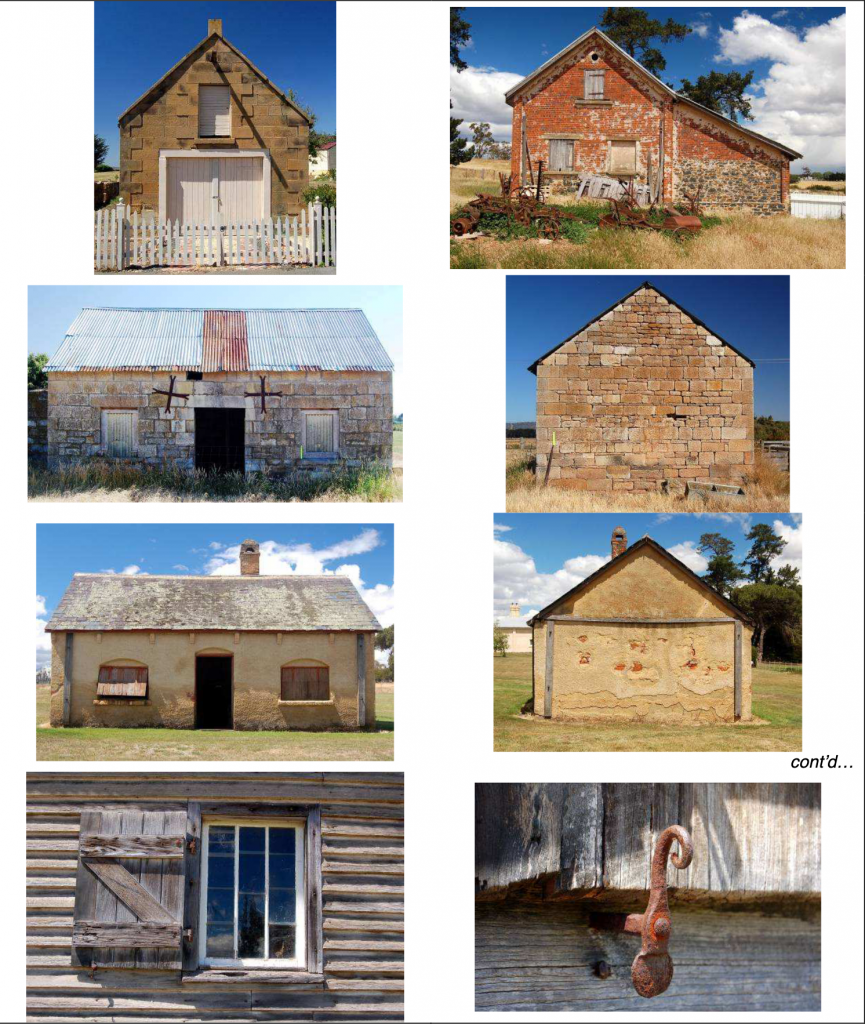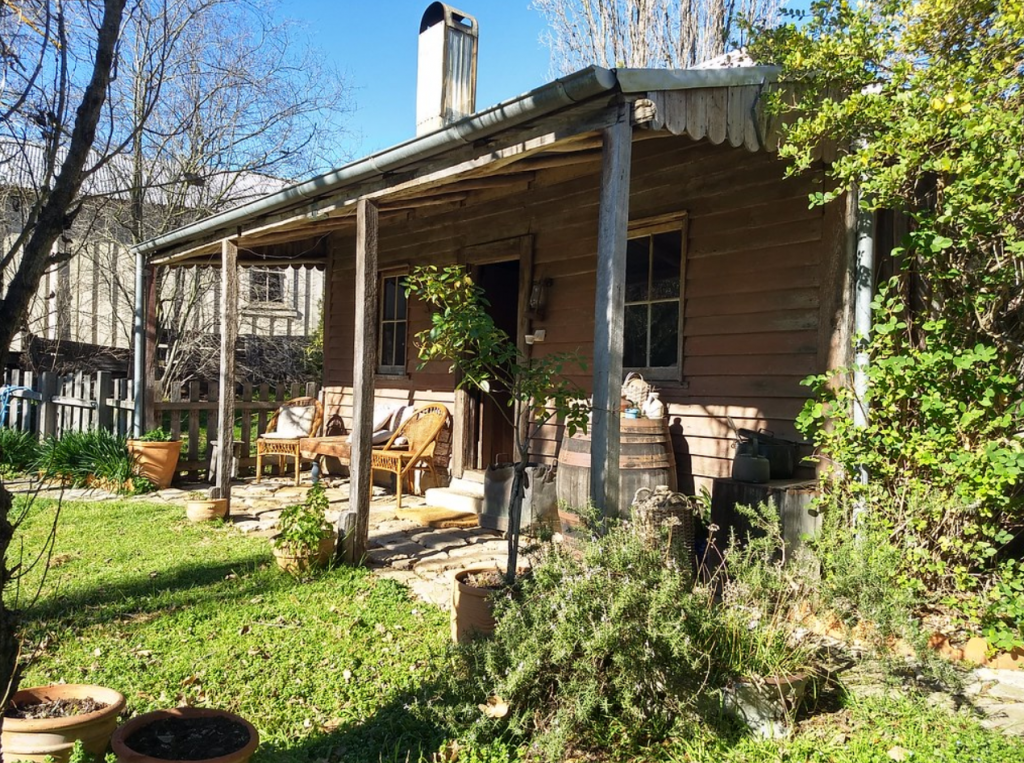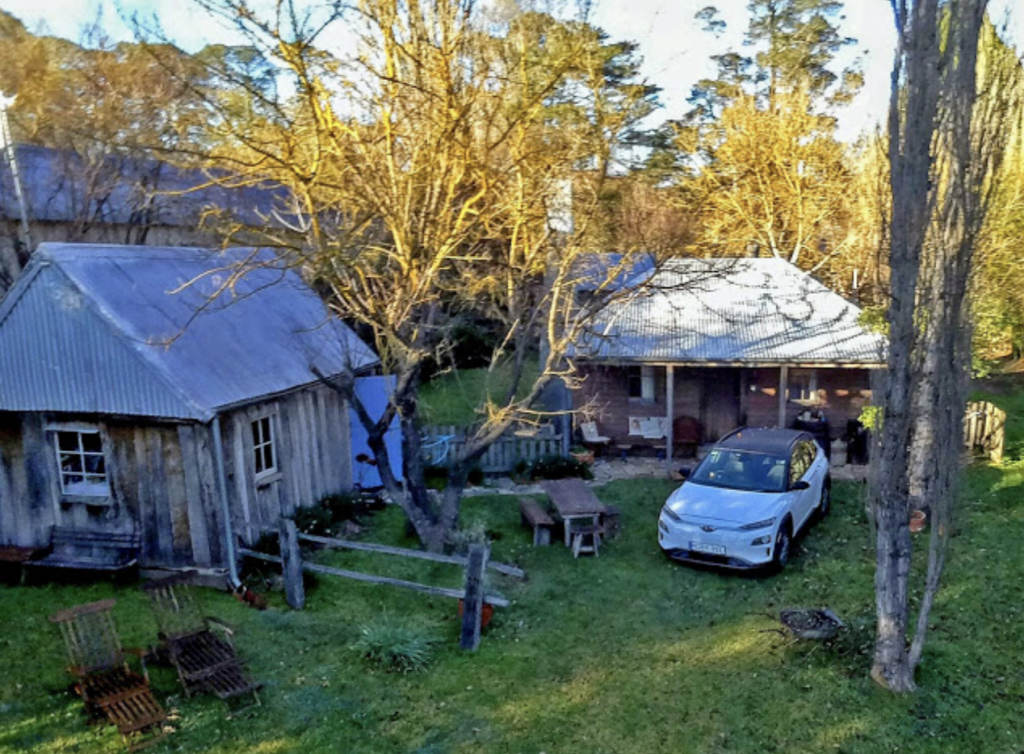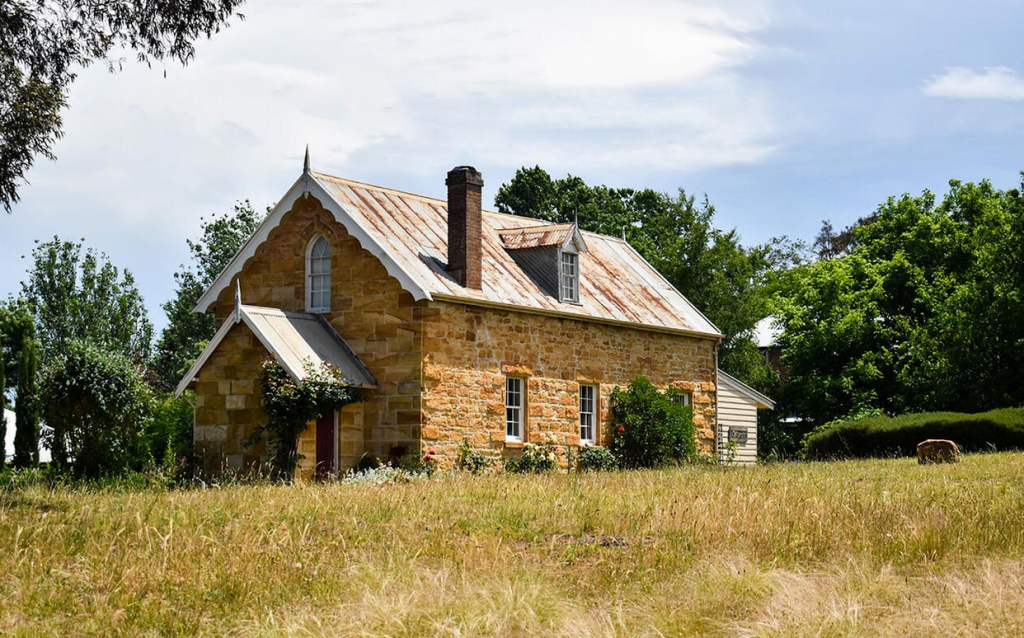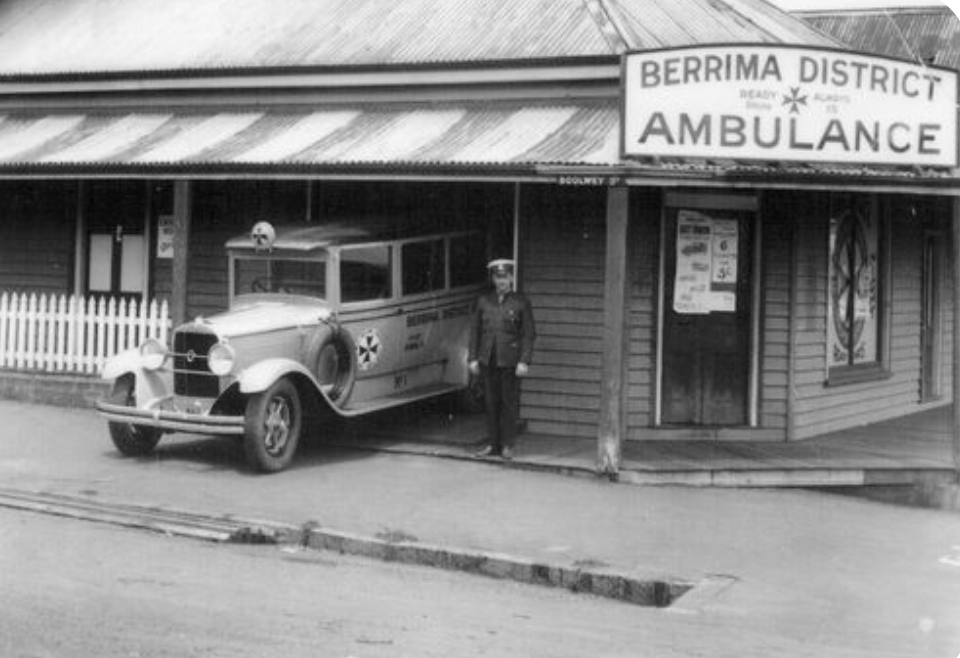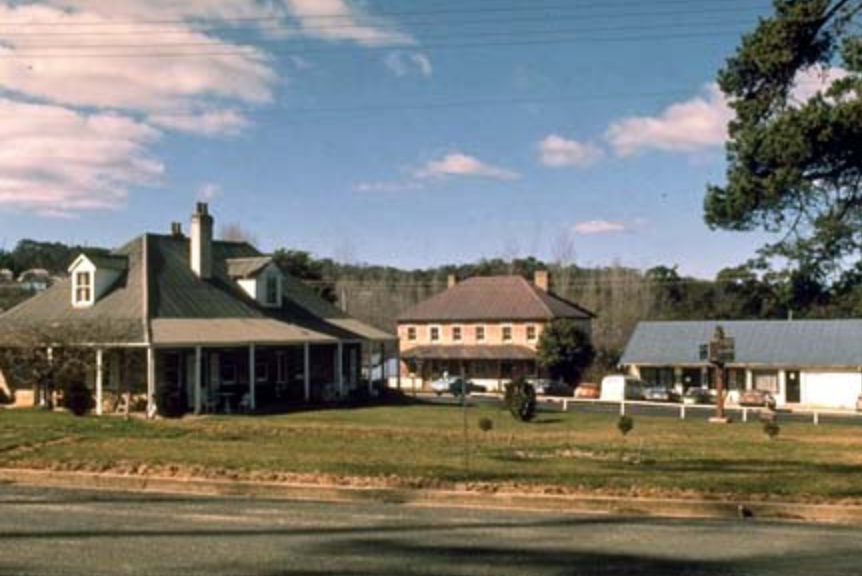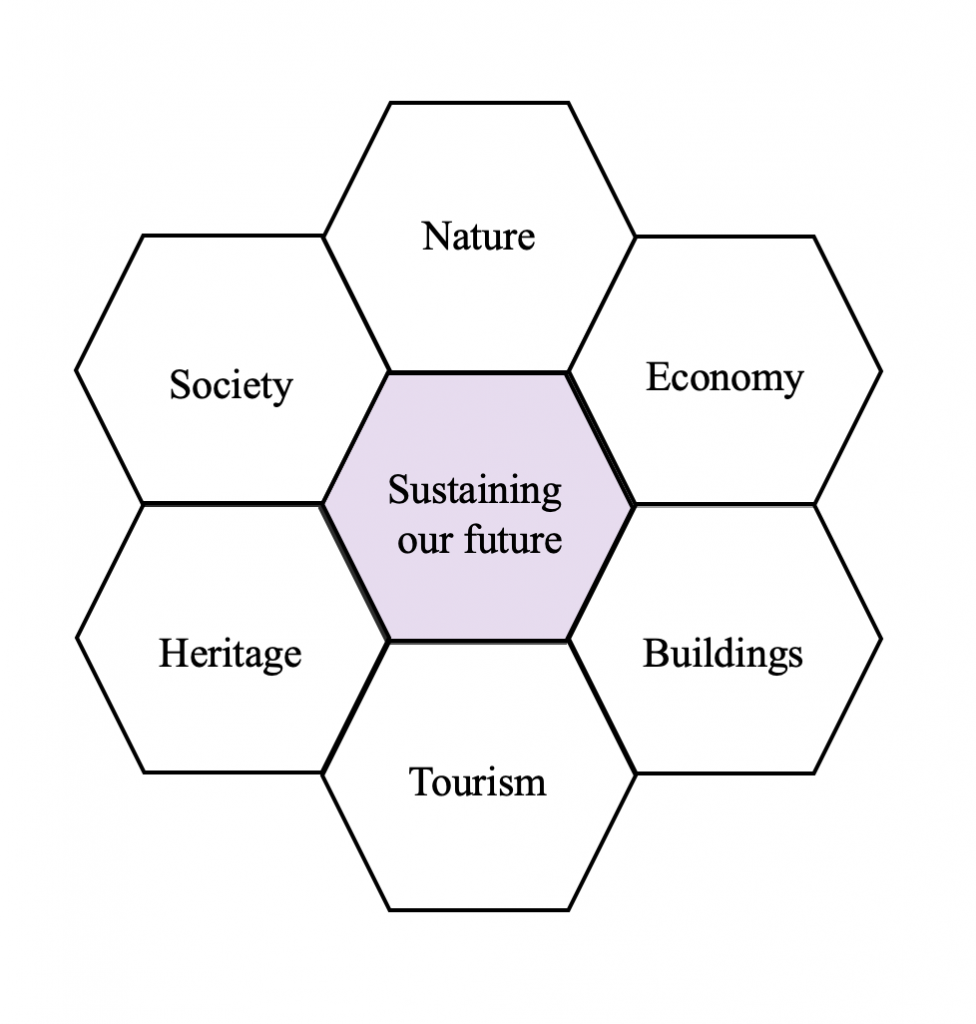ellorecottage@yahoo.com.au
Quality
Size
Property Description
The Jellore Cottage & Settlers Hut are adjoining rustic retreats with a shared garden in Berrima, in the beautiful Southern Highlands of NSW.
Jellore Cottage is a charming 2 bedroom 1860s colonial self-contained heritage bed and breakfast accommodation simply furnished yet capturing the charm of a bygone era with gas heating or open fireplace, slab walls, waxed floors, traditional kitchen and a claw-foot bath but with the convenience of modern amenities including a cosy sitting room and dining room furnished with antiques. Jellore Cottage sleeps up to four people, one double room and a twin room, boasting Victorian iron bedsteads, all linen is supplied. The bathroom has been lovingly restored and a washer dryer is provided. The cottage gardens have an outside dining area and barbecue facilities.
Settlers Hut is a 1840s rustic slab hut relocated and completely rebuilt on the banks of the Wingecarribee River.
